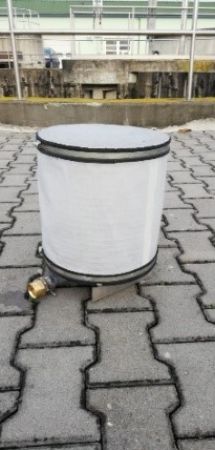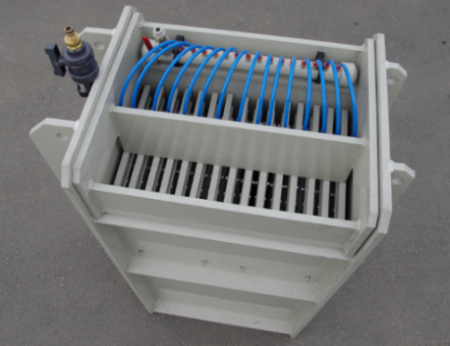Provider:
Technology Agency of the Czech Republic
Call:
The project has received funding from the innovation programme for support applied research and experimental development - EPSILON, under grant agreement TH04030202.
Duration:
2019 - 2021
Investigator/s:
- Prof. Ing. Jiří Wanner, DrSc.
- Ing. Iveta Růžičková, Ph.D.
- Ing. Martin Pečenka, Ph.D.
- Ing. Lenka Miklíková (Ph.D. student)
Partners:
Motivation:
In recent years, eutrophication has proven to be a serious threat to water bodies. Excess of nutrients in surface water causes increased growth of cyanobacteria, which further causes a reduction of dissolved oxygen, death of fish due to suffocation and complicates processes of water treatment for further use. The deteriorating quality of water resources is directly related to human activities. One of the main sources of nutrients in water is effluent from municipal wastewater treatment plants. Therefore, it is necessary to pay attention to this problem and try to develop new or improve existing methods of nutrient removal in municipal wastewater treatment plants, especially forms of phosphorus, and thus work to improve the quality of water resources.
Project Objective:
The main objective of the Project is the introduction of environmental technologies into the wastewater treatment processes (WWTP) with the aim of reducing the hazardous phosphorus impact on the environment especially in the water protection sphere, and/or minimizing the risks of the negative influences of this pollutant on living organisms including human health. It is specifically, research and development of technologies focused on the tertiary treatment of wastewaters using the nanofibers technology. The main goal of this Project is obtaining a utility model – MEMFOS system and functional sample. The MEMFOS system will find the application at wastewater treatment plants whose outflows will be required to show total phosphorus concentrations in micrograms.
Specific objectives:
In the area of tertiary wastewater treatment, the Czech Republic does not use technology that would ensure microgram values of phosphorus in effluent neither technology using nanomaterial. Due to the planned changes in the law, will be required a reduction of concentration of phosphorus in the effluent from WWTP. It is necessary to respond to this requirement, i.e. find a solution and thus be prepared for the emerging market in the water sector. The solution procedure includes the following points:
- Laboratory testing of the behavior of existing nanomaterials by using the effluent from wastewater treatment plants with subsequent modification of the material so that that material can be used as a main functional element for the MEMFOS pilot plant.
- Design of the MEMFOS pilot plant.
- Construction of the MEMFOS pilot plant.
- Testing of the MEMFOS pilot plant.
- Optimization of operations of MEMFOS pilot plant.
Keywords:
filtering nanofibers material; tertiary treatment; wastewater; wastewater treatment plant; phosphorus; environmental technology


